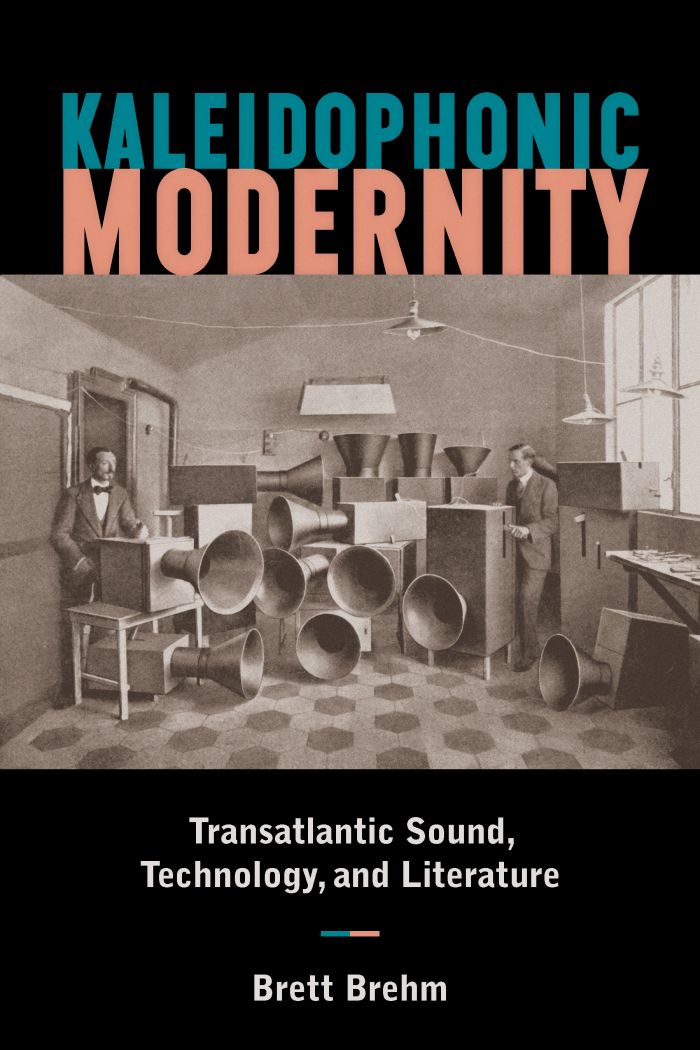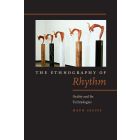Kaleidophonic Modernity
Transatlantic Sound, Technology, and Literature

This book can be opened with

What stories remain hidden behind one of the most significant inventions of the nineteenth century? Kaleidophonic Modernity reexamines the development of mechanical sound recording technology by charting the orbits of writers, scientists, and artists in France and the United States. Working between comparative literature, the history of science, and urban studies, Brehm builds a bridge between visual culture and sound studies.
Kaleidophonic Modernity places the poet and inventor Charles Cros and his lover, the celebrated concert pianist and salonnière Nina de Villard at the heart of modern aesthetic and scientific vanguards. Cros's scientific endeavors ranged from color photography, to telecommunications, to mechanical sound reproducibility. In his poetry the Surrealists found an ancestor and inspiration. His literary and scientific works prove startling and relevant to predicaments of technological media in his own time and ours. For nearly twenty years Nina de Villard presided over a supremely daring intellectual salon. There, she welcomed manifold literary, artistic, and musical luminaries into a veritable crucible of the artistic avant-garde and precursor to the famous Chat Noir cabaret. Together, these two forgotten but pivotal figures, Cros and Villard, help reframe our thinking on Edgar Allan Poe, Charles Baudelaire, and Walt Whitman, icons of urban modernity who can now be seen and heard in a kaleidophonic light, one that offers a compelling new perspective on modern mediascapes.
In elaborating this transatlantic phenomenon, Kaleidophonic Modernity illuminates the prehistory of the phonograph as it intersects with the aesthetics of sound reproducibility, Franco-American literary exchange, Poe’s aesthetic and intellectual legacy, the sounds of modern cities and technologies, and the genealogy of audiovisual experimentation found in such movements as Dada, Futurism, and the sound art of today.
A top-notch book. Brehm’s well-synthesized and in-depth research contributes to a recent critical shift toward the cultural history of sound. The outcome is a fresh take, one that escapes the pre-set “grooves” of critical inquiry.—Andrea Goulet, University of Pennsylvania
Brehm’s synthesis of this rich period of “kaleidophonic modernity” will be essential reading to scholars of French literature, sound studies, and cultural history of the Second Empire and Third Republic.—Nineteenth-Century French Studies
Introduction: Acoustic Spectra | 1
1 Paleophonics: Charles Cros’s Audiovisual Worlds | 27
2 Poe’s Tintamarre: Transatlantic Acoustic Horizons | 74
3 Tattered Sound: Baudelaire’s Paris, Noise, and the Protophonographic | 102
4 The Amazing Chorus: Whitman and the Sound of New York City | 136
5 Nina’s Song: Music, Sound, and Performance in the Salon of Nina de Villard | 155
Conclusion: Pyrophonica and the Rhythms of Inspiration | 193
Acknowledgments | 205
Notes | 209
Bibliography | 253
Index | 269





